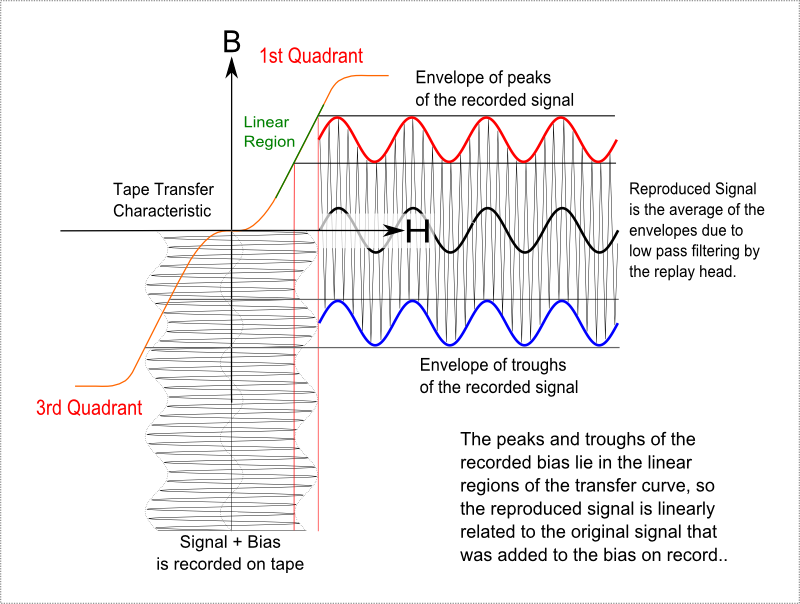Oh yep. That is blowing my mind already.
What the...? How the dynamic range expanded? Did you find the life in instruments again?
Source?
Hi Pal, DBX created a dynamic range expander and Type II noise reduction. It’s a filter on the machine.
I’m getting tired, so here’s a copy of how the tape manufacturer ATR explains how digital doesn’t compare in resolution.
NOTHING SOUNDS LIKE TAPE
WHY DOES MUSIC RECORDED ON ANALOG TAPE SOUND SO GOOD?
To understand why, a professional tape recorder provides the most lifelike reproduction revolves around a couple of important factors. The key lies in the inherent technology of the tape itself. Audio tape in use during the 1950s and ’60s provided approximately 65,000,000 magnetic particles per second of recording a quarter inch format at 15 inches per second (ips) tape speed. Each magnetic oxide particle or groups of particles takes on either a north or south orientation after exiting the recording head. Starting to sound like digital bit stream? Well yes and no. However there is one huge difference between analog tape recordings and even the best digital recordings.
RESOLUTION
The highest digital resolution today offers 4,608,000 bits switching per second. Not bad. Big improvement over the standard Red Book CD but it is not even close to sub-micron particle resolution of ATR Master Tape.
RANDOM PARTICLE STACKING
Quarter inch, two track ATR Master Tape running at 15 inches per second (ips) involves approximately 80,000,000 oriented and randomly stacked particles per track second. It’s not just the particle count but the random stacking that turns this super binary resolution into pure analog playback. This is why even a narrow track width recording still sounds so detailed despite the lower surface area.
Music is an intrinsic part of the human soul. It plays to our emotions, it talks to us, it calms us, it makes us rise to our greatest accomplishments and brings back our warmest memories. Why not record it on the best medium to achieve the best quality of sound?

